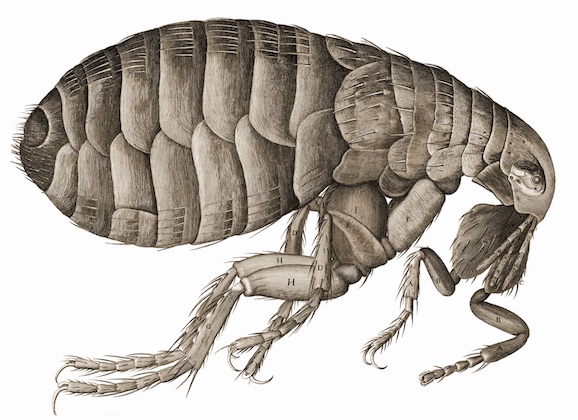Plague Hits Northern Arizona

Health officials in the Navajo and Coconino counties issued a warning that fleas have tested positive for Yersinia pestis, the bacteria that causes the bubonic plague.
The plague can be spread in various ways including a flea bite, handling fluids or tissue of an animal or rodent that was infected, or the transfer of bodily fluids.
The Navajo County Health Department issued a statement urging people to be cautious of rodents and small animals that tend to carry fleas.
By staying cautious people can limit their exposure and chances of getting bit by a flea or rodent carrying the disease.
But rodents carrying traces of the bubonic plague is nothing new. According to the Infectious Diseases Society of America, areas along the West Coast are prone to harboring the bacteria because the summers are often followed by wet winters.
Rodents and animals in the western parts of the country have carried the plague bacteria for over 100 years, but there is no need to worry about an outbreak spreading.
Although the plague has a scary history, treatment is available for those who become infected. A series of antibiotics can successfully treat the plague for those who test positive for the bacteria.
An average of seven human cases of the plague are reported each year, according to the CDC, and roughly 300 cases worldwide.
Health care professionals say at the first sign of any symptoms it’s imperative to seek out a doctor for testing and treatment. Symptoms of the plague include chills, fever, headache, and painful lymph nodes.
When treated the disease can be cured, but if left untreated the disease almost always results in death.
